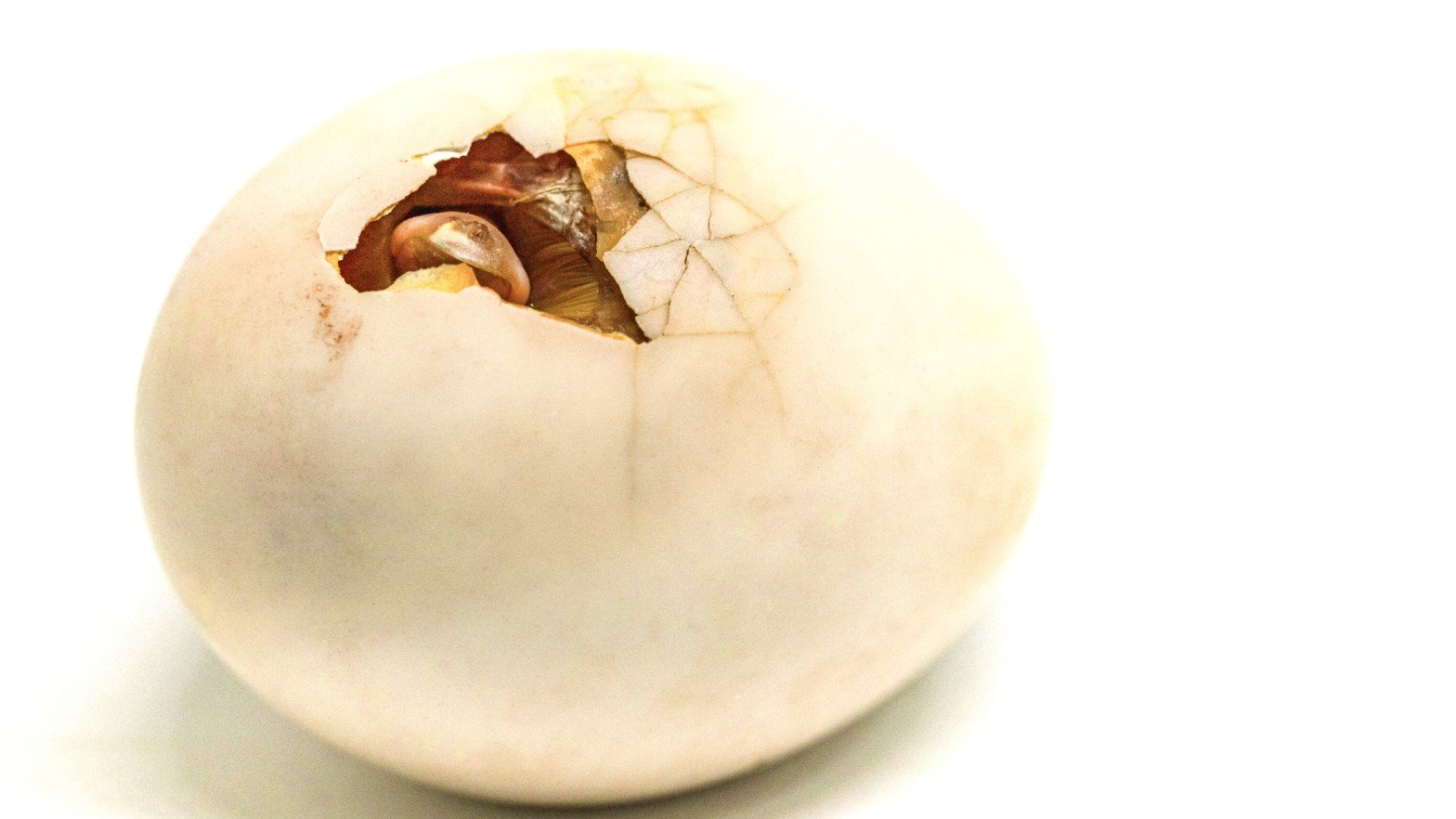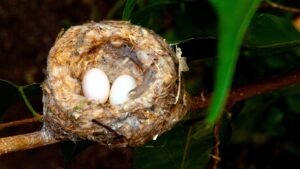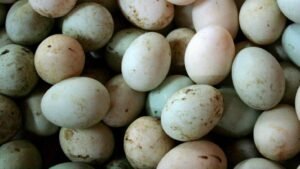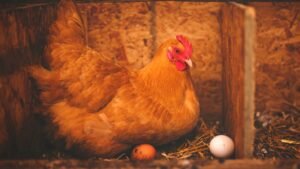Unlike the eggs of other smaller birds, goose eggs require quite a long time to hatch. On average, goose eggs take between 28 to 35 days to hatch. A healthy goose requires a few days to lay its eggs completely.
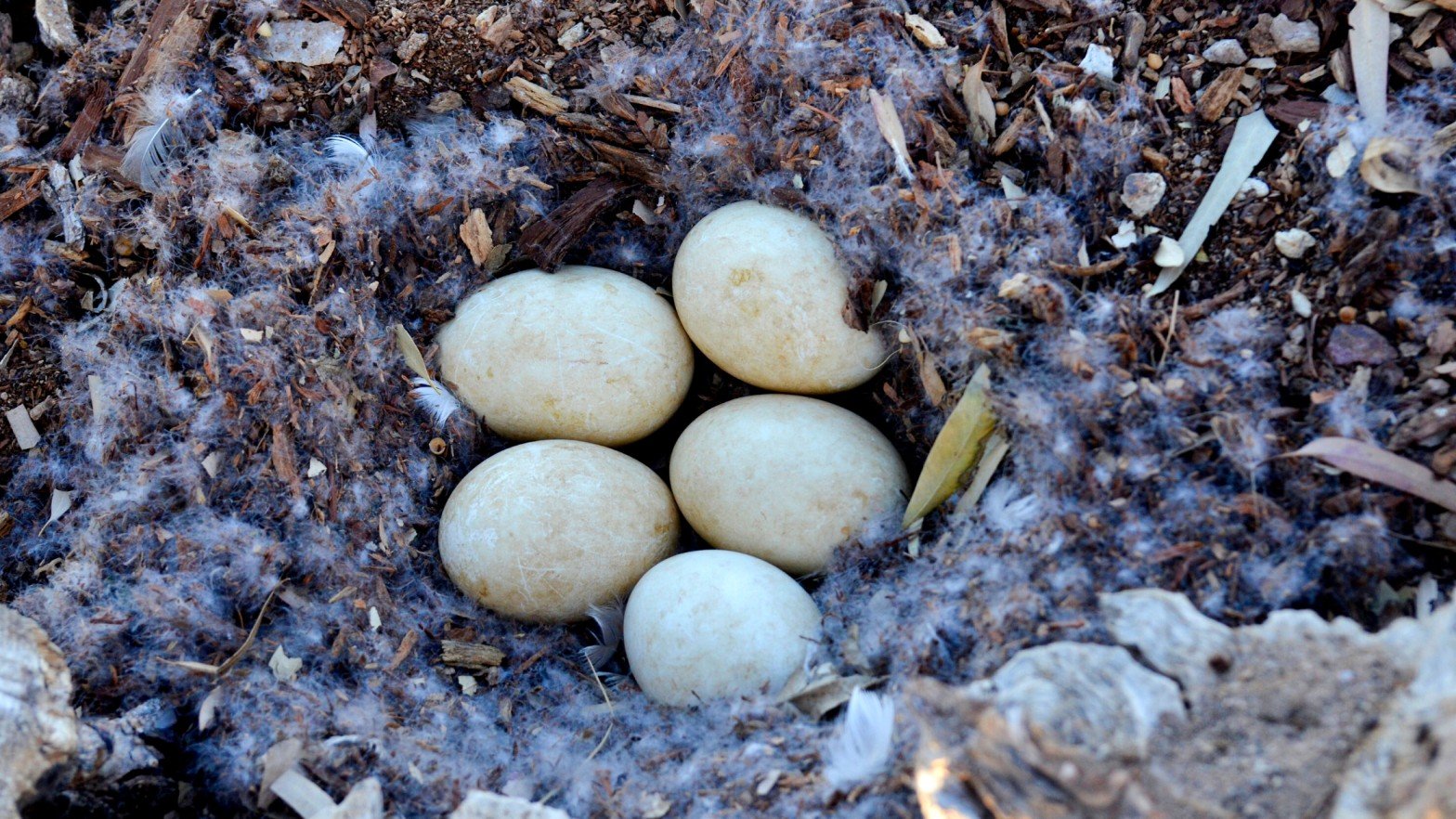
Geese could lay as many as four to fifteen eggs at a time. The number of eggs geese lay depends mainly on their species. For example, while the Canadian geese lay between four to nine eggs, other species, such as the Chinese geese, lay 12 to 15 eggs.
Also, the quality of a goose’s feed can affect the number of eggs it lays. Geese only start to brood over the eggs after they are done with laying all their eggs. This way, they ensure that all their eggs begin to develop simultaneously during the hatching process.
Major Factors that Affect the Hatching of Goose Eggs
The process of hatching goose eggs depends on several factors. By learning more about these factors, you can create the ideal conditions for hatching your goose eggs and increase their hatch rates.
Temperature
Goose eggs require heat for the proper development of the embryo. But, extreme temperatures lead to embryonic mortality in the eggs.
It is best to maintain a temperature of 100°F when hatching goose eggs. You can also store goose eggs at room temperature before you begin to hatch them – but never longer than 10 days.
Humidity
The membrane that protects the egg embryo must remain moist and flexible throughout. Hence, humidity is vital to hatching goose eggs.
Inadequate humidity causes this protective membrane to dry out during incubation. This dry membrane is too tough for a newly hatched gosling to break, resulting in its death. It is best to maintain a relative humidity of 80% when hatching goose eggs.
Shell Quality
The thickness and porosity of the egg shells are two factors that significantly impact the hatching success and duration.
Thin eggshells are weak and could develop cracks during incubation. Also, impermeable egg shells hinder the exchange of water vapor, and other essential gases embryos need to develop fully.
Why You Should Use an Incubator
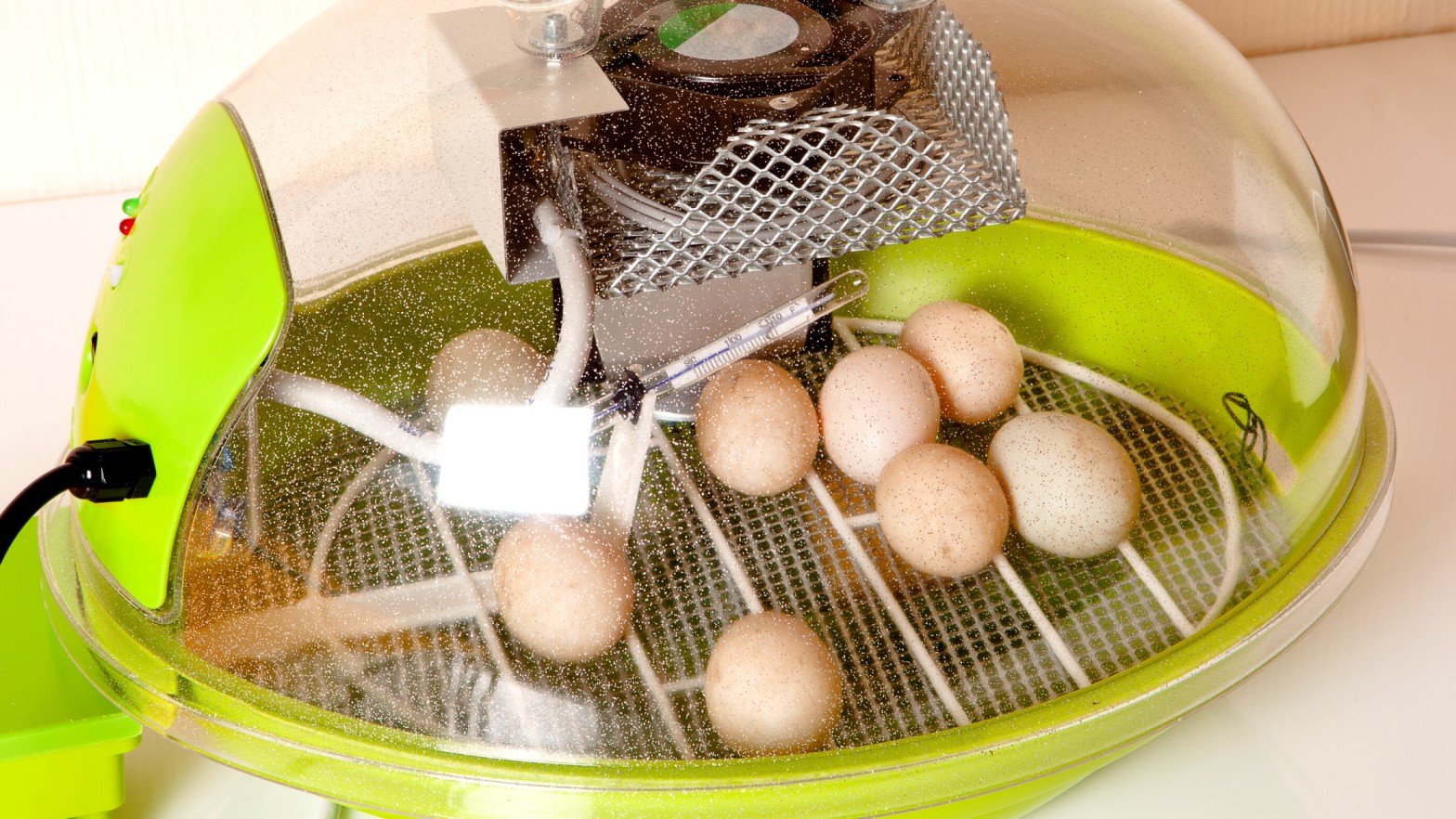
Allowing geese to sit on their eggs is the natural way to hatch them. However, you might not always find a broody goose willing to sit on the eggs till they hatch. You might also not find enough adoptive birds if you wish to hatch too many eggs at once. Hence, an incubator is the most reliable method of hatching goose eggs.
An incubator allows you to maintain the correct relative humidity and temperature levels. It also allows you to monitor the hatching process and reduces the chances of cracking.
How to Increase the Hatch Rate of Goose Eggs
Whether you own just a handful of geese or rear these birds on a large scale, you can use the following tips to increase the chances of hatching goose eggs while you wait.
Water Goose Eggs Regularly
Goose eggs require sufficient moisture to develop fully. Inadequate moisture during incubation will produce weak goslings, which could die within a few days of hatching. When you leave the eggs with a broody goose, ensure that you provide a pool nearby. This way, the eggs get adequate moisture whenever the goose returns from a swim.
Alternatively, you could also sprinkle warm water on the eggs whenever the goose wanders away from the nest. Using an incubator, you must monitor the temperature and relative humidity periodically. This way, you can add water to the incubator as required.
Separate Infertile Eggs
Infertile eggs in a clutch pose serious risks to other healthy, viable eggs. Since eggshells are porous, they will absorb the toxic gasses that infertile eggs emit. In addition, broody geese can identify infertile eggs and push them away from the clutch during incubation.
If you use an incubator, you need to inspect the eggs daily. This way, you get rid of infertile eggs before they affect the rest of the clutch.
You can identify infertile goose eggs by placing them before a light source. A healthy egg will contain traces of red blood vessels and a small dark spot in its center. Infertile eggs are completely transparent. Therefore, you should throw them out immediately.
Turn Goose Eggs
If you store goose eggs for a while before starting the incubation process, lay them flat on their sides, not upright. However, you must turn them at periodic intervals to ensure that the embryo remains centered in the egg throughout the hatching process.
It is best to turn each egg at least six times a day. To ease this process, use a marker to draw 1s and 0s on directly opposite faces of each goose egg. Then, turn the eggs to ensure that the number facing up changes to 1 or 0 after each turn. During the first 27 days of incubation, goose eggs should be turned 90 degrees every two hours once you place them in the incubator.
Keep Incubator Clean
Humid environments provide the perfect conditions for the growth of harmful bacteria. Hence, you need to clean out the incubator after each hatching period.
Get rid of any broken shells and residual matter from the incubator. Then, clean the incubator with a soft cloth and a mild bleach solution. You must also clean and fumigate goose eggs as soon as you collect them. This way, you kill off any harmful parasites found on the surface of the eggshells. If you are hatching goose eggs naturally, you should clean the bird’s nest whenever the broody goose leaves the clutch.
What You Must Avoid During Hatching
On average, goslings start to hatch between the 26th to 28th day of incubation. This process usually lasts for three days. Do not move goose eggs during this process. Also, do not try to help the gosling break the eggshell. You will only end up killing it.
Newly hatched goslings need time to absorb the yolk after they begin to hatch. Therefore, breaking the shell yourself will make the gosling hatch before it has absorbed all its yolk sacs.

